The Influence of Torture on Reforms and the Evolution of Medieval Laws
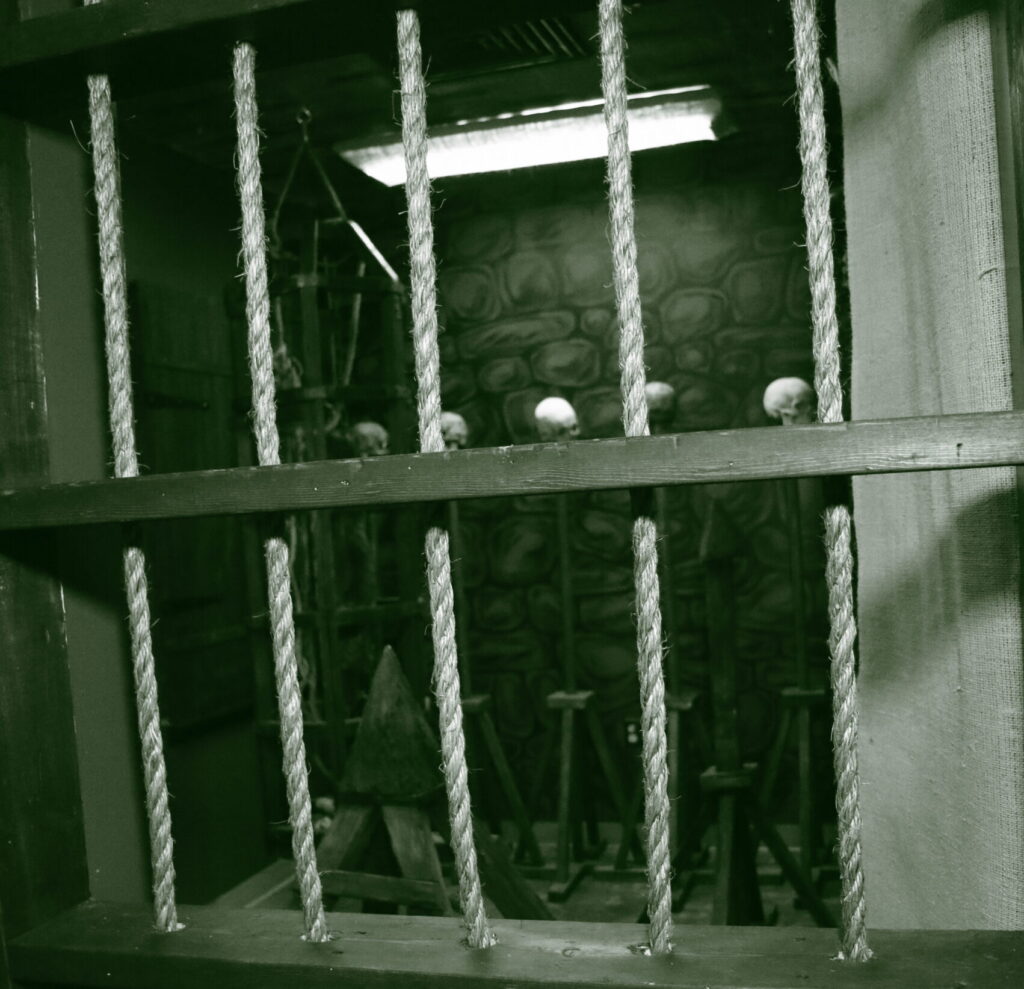
The history of torture is deeply intertwined with the development of medieval legal systems. While brutal and inhumane by today’s standards, torture played a significant role in shaping medieval courts and influencing judicial reforms. This article delves into why torture was used in medieval times, its impact on lawmaking, and its legacy in modern governance. […]
Medieval Executioners: Roles and Societal Standing
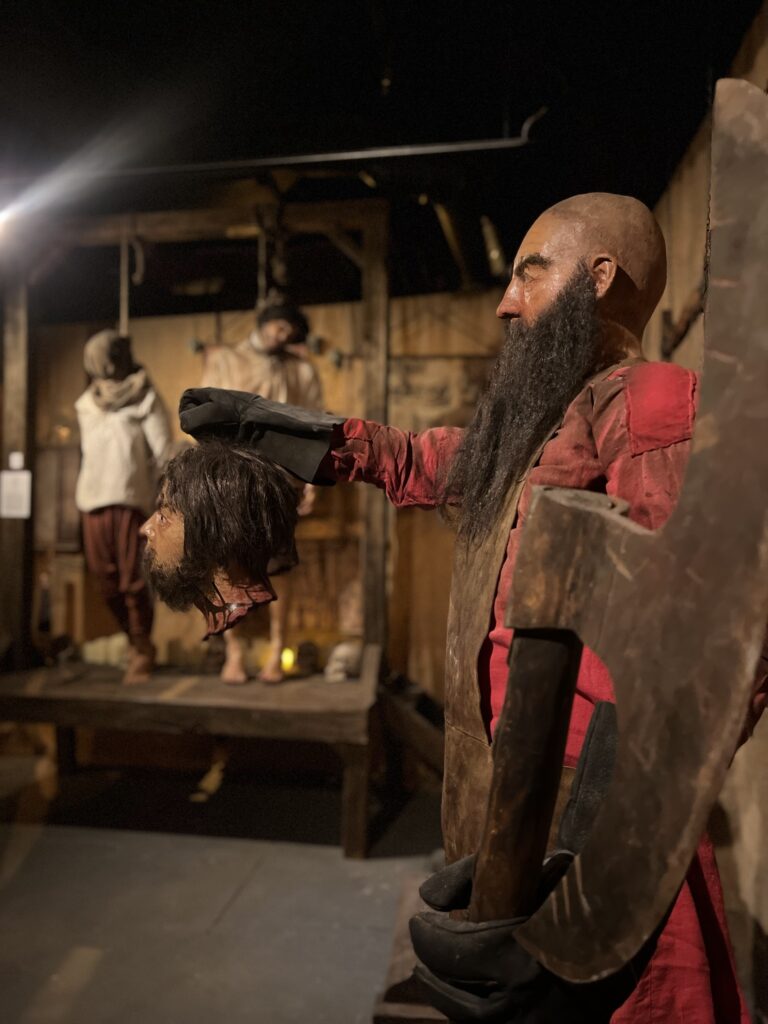
Executioners played a crucial role in medieval society, embodying both fear and authority. Tasked with carrying out justice, their work involved wielding tools like the medieval executioner axe or sword to perform grim acts such as medieval beheading. Despite their vital role in upholding the monarchy’s laws, executioners often faced societal scorn and isolation. This […]
Monarchs and Cruelty: How Royal Power Utilized Torture
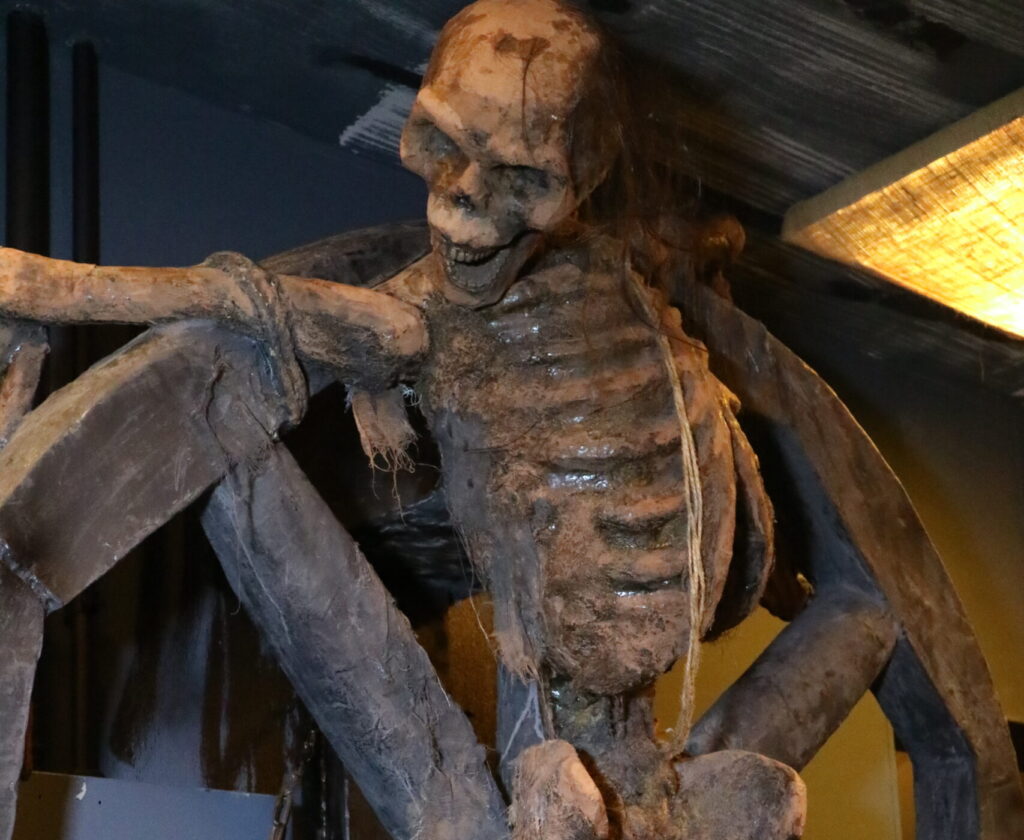
Throughout history, royal power has been intertwined with acts of cruelty and domination. For the kings and queens of the Middle Ages, torture was not just a punishment but a deliberate tool to reinforce authority and instill fear. This exploration delves into how torture shaped monarchial power, the methods used, and the infamous rulers who […]
Torture During the Crusades: Cruelty in the Name of Faith

The Crusades, spanning from the 11th to the 13th centuries, represent a dark chapter in history where religious fervor collided with acts of unprecedented violence. Among the many horrors of this period, torture during the Crusades stands out as a stark reminder of how faith was manipulated to justify cruelty. This article explores the gruesome […]
Ethical Perspectives on Torture: Definitions, History, and Frameworks
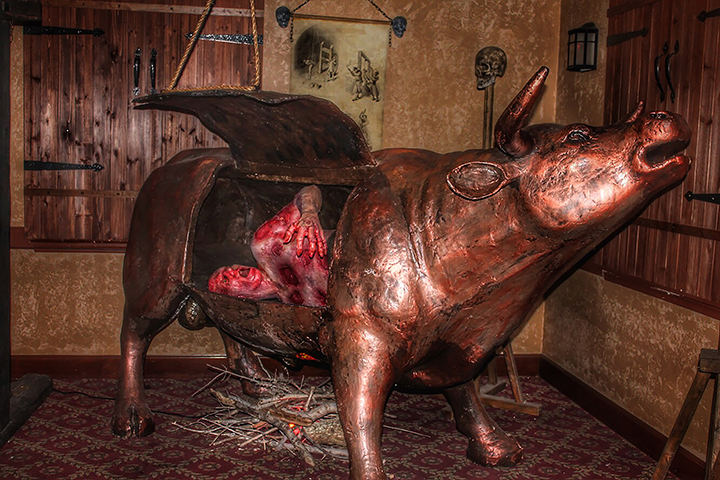
Torture has remained a controversial and unsettling topic throughout history. Defined as the intentional infliction of severe pain or suffering, torture transcends physical harm, often including psychological torment. This discussion delves into the ethical perspectives on torture, from medieval cruelty to modern techniques, examining its definitions, history, and societal frameworks. What is Torture? Defining the […]
Medieval Torture Secrets: Poisons and Psychological Tactics Unveiled

In the shadowy depths of medieval dungeons, where whispers of fear echoed off cold stone walls, the most horrifying punishments were not always physical. While the most common medieval torture devices-like the rack or the Iron Maiden-are infamous, the truly insidious methods often lay in the realm of psychological manipulation and the covert use of […]
Blacksmiths of Pain: Artisans Who Created Torture Devices

In the shadowy corners of medieval workshops, blacksmiths wielded fire and iron to craft tools not of industry, but of anguish. These artisans played a pivotal role in creating the infamous torture devices that would etch terror into the hearts of the condemned. Exploring the history of these craftsmen reveals the chilling ingenuity behind their […]
Life of a Prisoner: Daily Realities in Medieval Dungeons

The medieval world was a place of stark contrasts: grand castles stood as symbols of power and wealth, while beneath them, in the cold, damp dungeons, prisoners endured unimaginable suffering. The life of a medieval prisoner was grim, defined by darkness, solitude, and relentless torment. This exploration into the daily realities of medieval dungeons sheds […]
Eastern vs. Western Medieval Torture: Methods and Techniques Compared
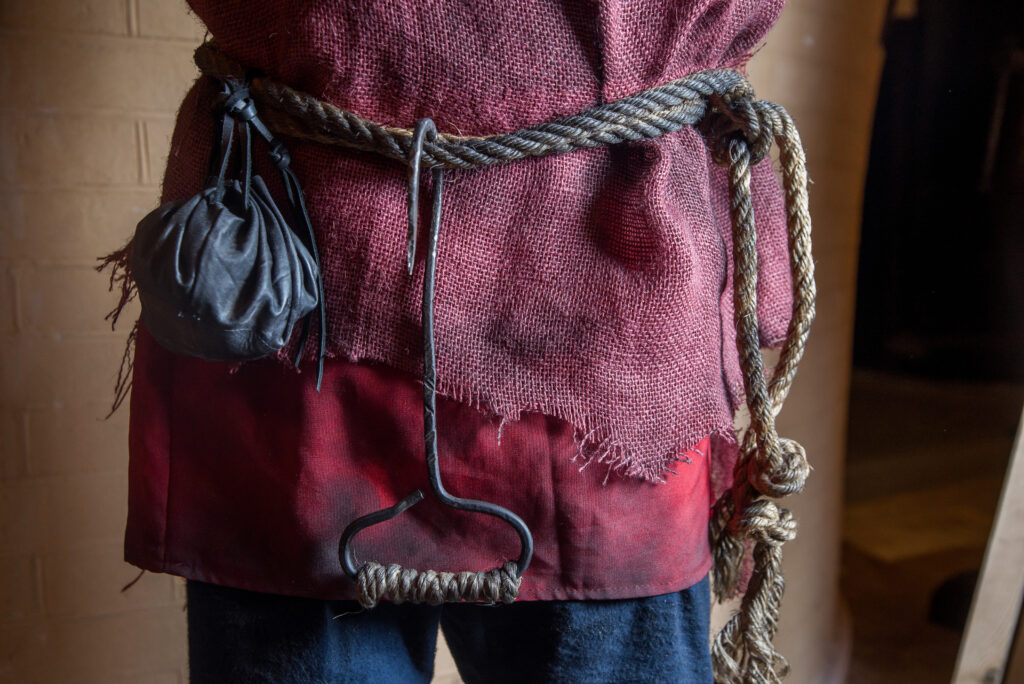
The Middle Ages were a time of profound cultural development, but they also bore witness to some of the most brutal medieval torture techniques ever devised. Across continents, both Eastern and Western societies employed a variety of medieval torture methods as tools of justice, punishment, and sometimes sheer oppression. This exploration delves into the histories […]
Impact of Public Executions and Punishment Displays
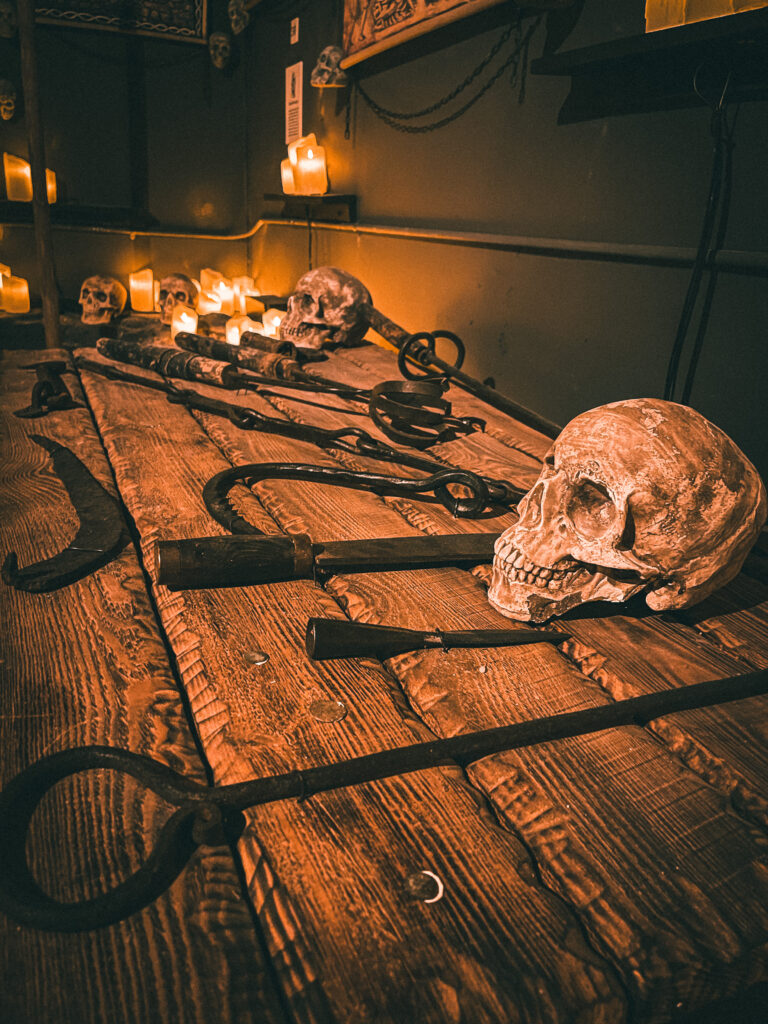
Public executions and punishment demonstrations have played a pivotal role throughout history, particularly during medieval times. These events were not merely acts of justice but also served as powerful tools for enforcing compliance, propagating authority, and reinforcing cultural norms. The history of public executions reveals a complex interplay between justice, deterrence, societal values, and the […]


